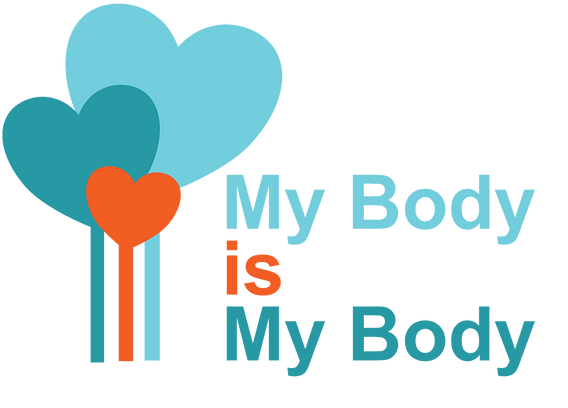Welcome to our Safeguarding Fundamentals Course.
Would you like to watch our MBIMB Videos in your language on YouTube? There is a selection of 46 languages to choose from and we will tell you how you can access them.
- Play the video you would like to translate.
- In the bottom right corner, turn on the closed captions by clicking or tapping on the CC button.
- You will see the automatically generated closed captions in English. Then go into settings and click or tap on Auto-translate.
- Now you just need to pick the language that you would like for the subtitles and the tool will automatically translate these captions into your chosen language. And that’s it! Enjoy learning about our MBIMB Courses and Programmes in your own language!”
Introduction
Welcome to our Safeguarding Fundamentals Course by “My Body is My Body” and “Safe”
This course should take you 80 minutes to complete.
Safeguarding Fundamentals is a comprehensive training course designed by Antonia Noble who writes safeguarding courses which are variously accredited by CPD, NHS, Skills for Care the EFL and the NSPCC.
This Course provides a solid understanding of the principles and practices of safeguarding vulnerable individuals, particularly children and young people. The course addresses essential topics, including recognizing signs of abuse, following reporting procedures, responding when a child reports abuse, and creating a safe environment.The Safeguarding Fundamentals course is suitable for anyone who works with children and vulnerable individuals in their personal or professional lives and seeks to develop a practical knowledge of safeguarding. By the end of the course, participants will have acquired the skills and confidence necessary to take appropriate actions to protect children and vulnerable individuals from harm.
Important note:
If at any time you feel overwhelmed or uncomfortable while learning this topic, take a break and seek support.
Safeguarding Fundamentals Course Outline
- Gain a general understanding of safeguarding
- Understand all of the different types of abuse
- Understand why children don’t speak out about abuse
- Understand why adults find it difficult to report their concerns about abuse and why it’s so important to overcome those worries
- How to watch for signs that could indicate a child is experiencing abuse.
- Understanding your role in helping to keep children safe from abuse
- What to do if you have a concern or if a child tells you they are being abused
Check out our other Free Courses
You must log in and have started this course to submit a review.
About Instructor



